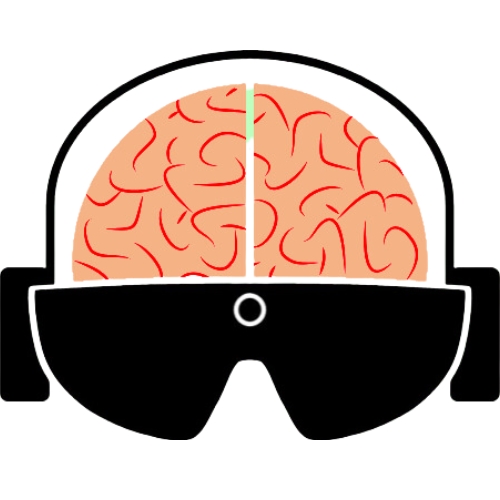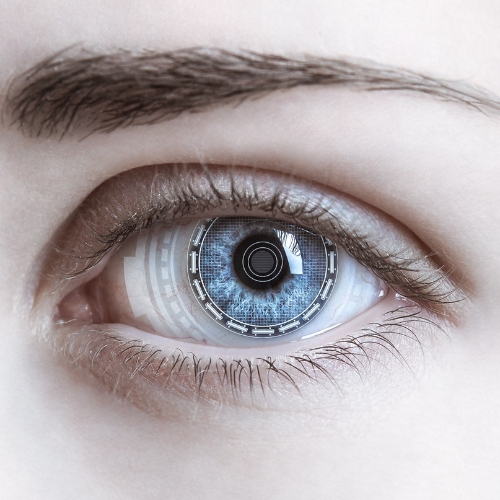The vOICe
Vision technology, sensory substitution and augmented reality glasses for the totally blind
The vOICe vision technology for the totally blind offers the experience of live camera views through image-to-sound renderings. Images are converted into sound by scanning them from left to right while associating elevation with pitch and brightness with loudness. In theory this could lead to synthetic vision with truly visual sensations ("qualia"), by exploiting the neural plasticity of the human brain through training. The vOICe also acts as a research vehicle for the cognitive sciences to learn more about the dynamics of large-scale adaptive processes in the human brain. Neuroscience research has already shown that the visual cortex of even adult blind people can become responsive to sound, and sound-induced illusory flashes can be evoked in most sighted people. The vOICe technology may now build on this with live video from unobtrusive smart glasses encoded in sound. The extent to which cortical plasticity allows for functionally relevant rewiring or unmasking of neural pathways in the human brain remains under investigation. Apart from functional relevance, inducing visual sensations through sound (like artificial synesthesia) could also prove of great psychological value. Any potential clinical uses of The vOICe technology will be investigated only through qualified research partners in accordance with applicable laws and regulations.
Visit website: https://www.seeingwithsound.com/
Details last updated 10-May-2022




